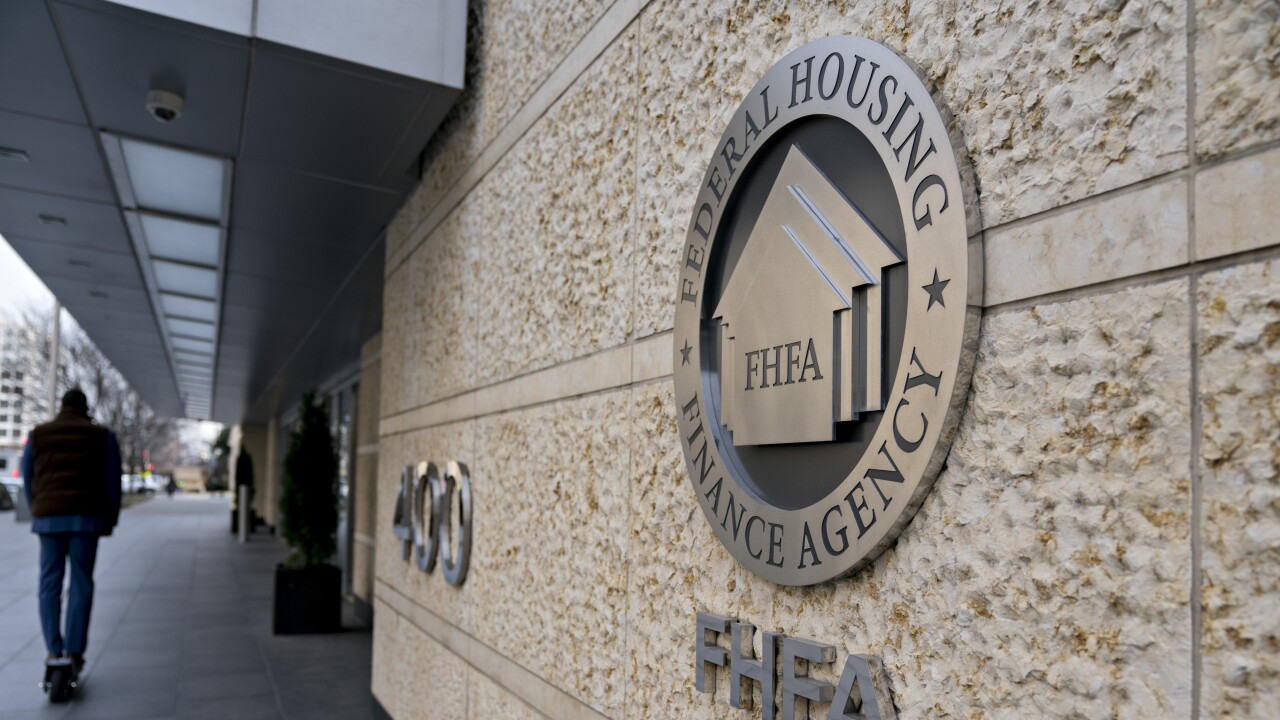The Federal Housing Administration on Thursday added a 30-day buyer preference for certain home sales from its default inventory, and it could put more of those in the hands of owner-occupants, nonprofits and governmental entities.
The change would give these buyers first crack at properties in the claims without conveyance of title process. CWCOT involves a post-foreclosure sale where the property is not conveyed to the Department of Housing and Urban Development in exchange for insurance benefits.
Exclusively offering such homes to these buyers for 30 days is in line with an increasing number of initiatives the Biden administration had added aimed at
“This policy change is critical as the nation continues to address the challenges of a real estate market in which home prices are high and the availability of affordable housing supply is low,” said Lopa Kolluri, principal deputy assistant secretary for housing and the FHA, in a press release.
The change became effective immediately and will be mandatory for all sales in this category that occur 90 days after the date of the announcement.
Views are mixed as to how effective exclusive initial-bids periods for homeowners are. Critics have said these preferred buyers’ scant financial resources limit their involvement even when they get the first crack at distressed properties, but HUD has reported
The post-foreclosure property market is a little more active than it was when bans and housing payment relief were more broadly instituted to address the pandemic, but historically it’s still relatively small.
The foreclosure start rate for all loans outstanding was 0.19% in the first quarter, according to the Mortgage Bankers Association. The unadjusted delinquency rate for mortgages 90 days past due or in the process of foreclosure was 2.39%. The seasonally adjusted delinquency rate was 4.11% in the first quarter.
That leaves foreclosure starts below the average of 0.41% seen since 1979, the unadjusted 90-day-plus late rate at its lowest point since first-quarter 2020, and the adjusted total delinquency rate at its lowest point since 4Q19. The MBA categorizes loans as delinquent if the payment made is different from that of the original term of the loan.
The FHA delinquency rate tends to be higher than other loan types because the borrowers are typically first-time homeowners with affordability constraints, but it’s shown marked improvement in the past quarter and year.
At the end of the first quarter, it had dropped by 118 basis points from year-end 2021 to 9.58%, and was down 509 basis points from the first three months of 2021. In comparison, the conventional delinquency rate in the first quarter was 3.03% and the equivalent for loans guaranteed by the Department of Veterans Affairs was 4.86%. Conventional loans are those originated outside the government market that includes FHA and VA mortgages but which may be backed by government-sponsored enterprises Fannie Mae and Freddie Mac.
As with FHA loans, delinquencies for conventional and VA mortgages were lower on a consecutive-quarter and year-over-year basis, but the decline in the latter two categories were less dramatic. Total conventional delinquencies were down 55 and 154 basis points, respectively. Total VA delinquencies were down 38 and 276 basis points.





